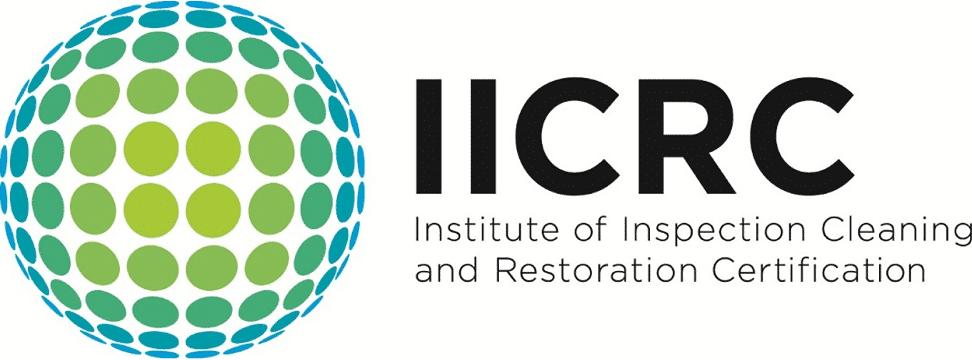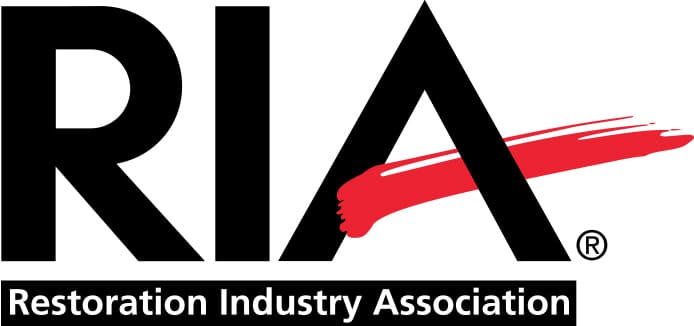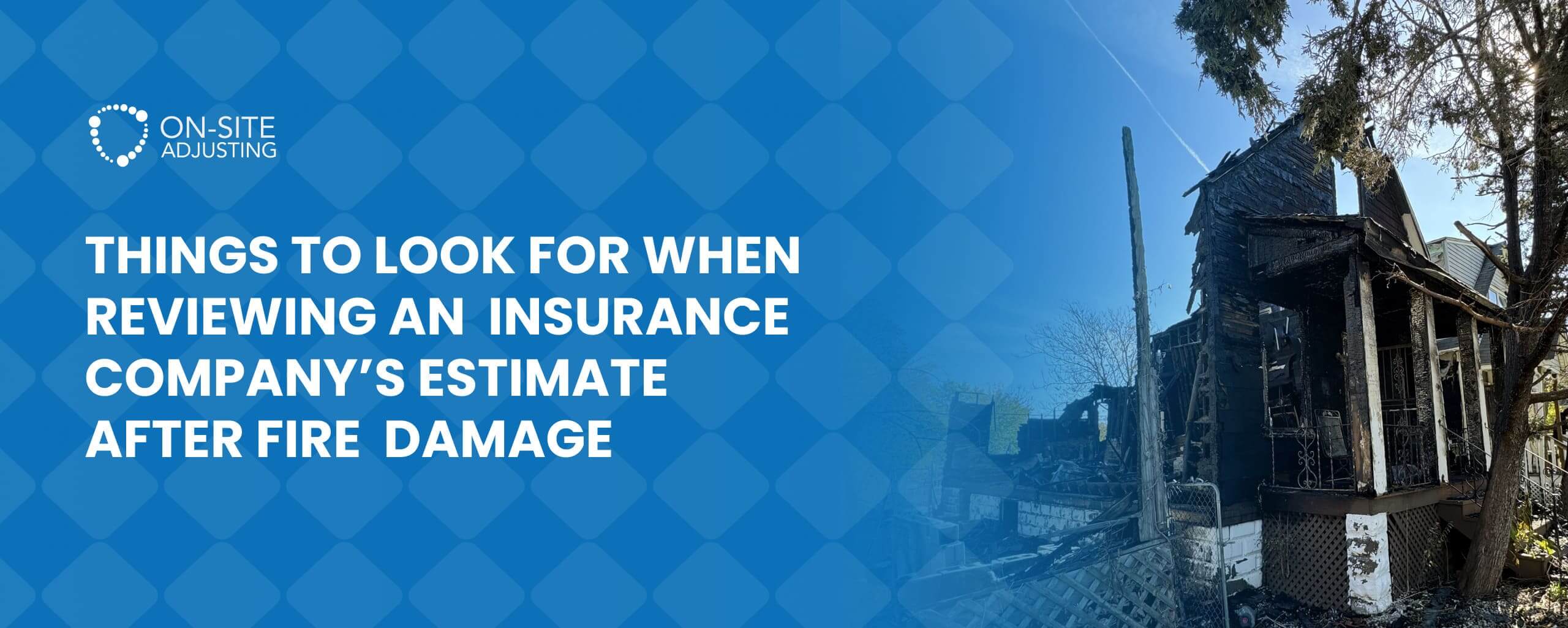
Filing a homeowners insurance claim after a fire is stressful, and reviewing the estimate provided by the insurance company can feel overwhelming. However, carefully scrutinizing the estimate is essential to ensure you receive a fair and accurate settlement. Insurance adjusters can make mistakes — or underestimate costs — that may significantly reduce your payout. Here are the most important things to watch for:
1. Ensure All Fire-Damaged Rooms Are Included (and Accurately Measured)
Start by examining the sketch or diagram included in the estimate. Make sure every room affected by fire, smoke, or water damage is included. If a room is missing from the sketch, it likely won’t be covered properly in the repair estimate.
Also, check that room measurements are accurate. It’s not uncommon for insurance adjusters to under-measure a space — intentionally or not. Even small discrepancies in measurements can lead to significantly reduced coverage for materials like drywall, flooring, or paint. If in doubt, compare the adjuster’s measurements with your home’s blueprints or hire a contractor to verify.
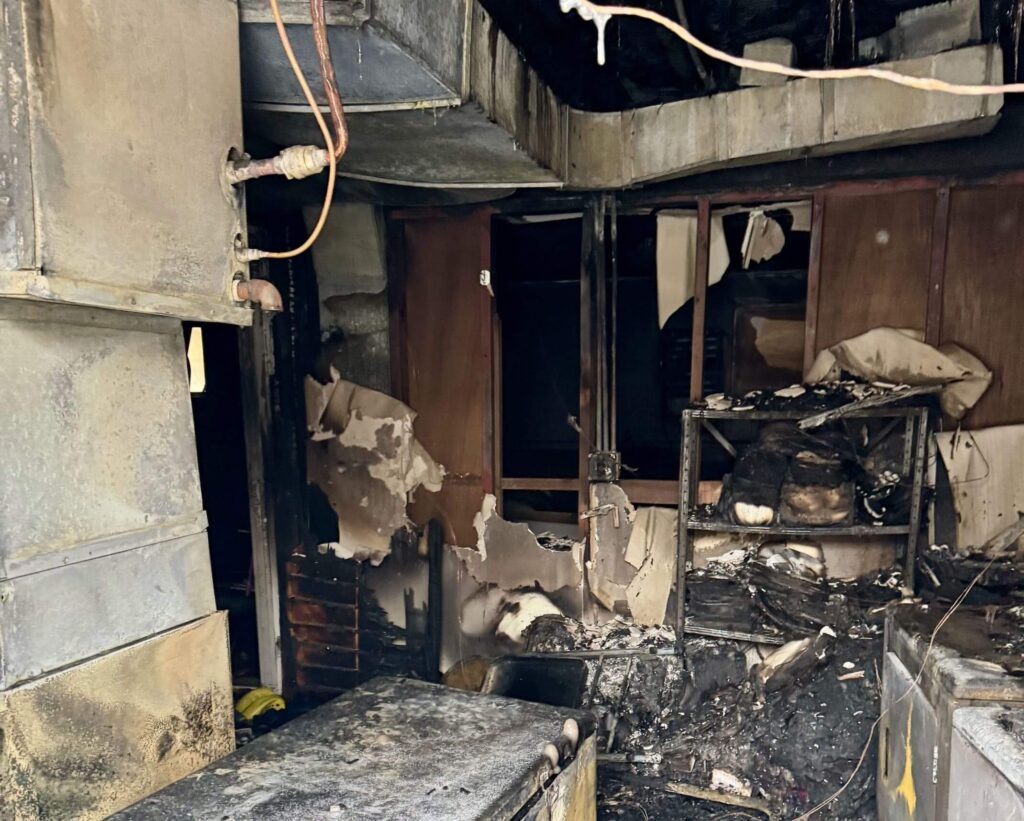
2. Watch for “Clean” or “Repair” Instead of “Replace” on Key Structural Elements
Insurance adjusters may include line items like “clean drywall,” “repair electrical,” or “clean and deodorize carpet.” While cleaning or repairing may be acceptable in some cases, it’s often inappropriate for fire-damaged structural elements. Materials like drywall, insulation, electrical wiring, flooring, or plumbing may be unsafe or permanently compromised after a fire.
Always look for whether the line item calls for replacement instead of just cleaning or patching. Replacement is generally more costly — but also more appropriate — after fire damage. Settlements based on cleaning or minimal repairs can leave you with long-term issues and unsafe living conditions.
Feeling stuck with your claim? You don’t have to fight alone.
Reach out to us — we will review your claim for free and help you understand your options
3. Check for Low-Quality or Incorrect Building Materials
Insurance estimates often default to the cheapest materials unless you or your contractor provide proof of higher-grade finishes. That can cost you thousands in lost value, especially if your home featured:
- High-end light fixtures
- Premium wood or aluminum windows
- Designer wallpaper or carpeting
- Custom wood trim or moldings
If your home had luxury or specialty finishes, gather photos, receipts, or contractor statements to prove it. Then, ensure the estimate reflects the actual quality and type of materials used in your home — not builder-grade replacements.
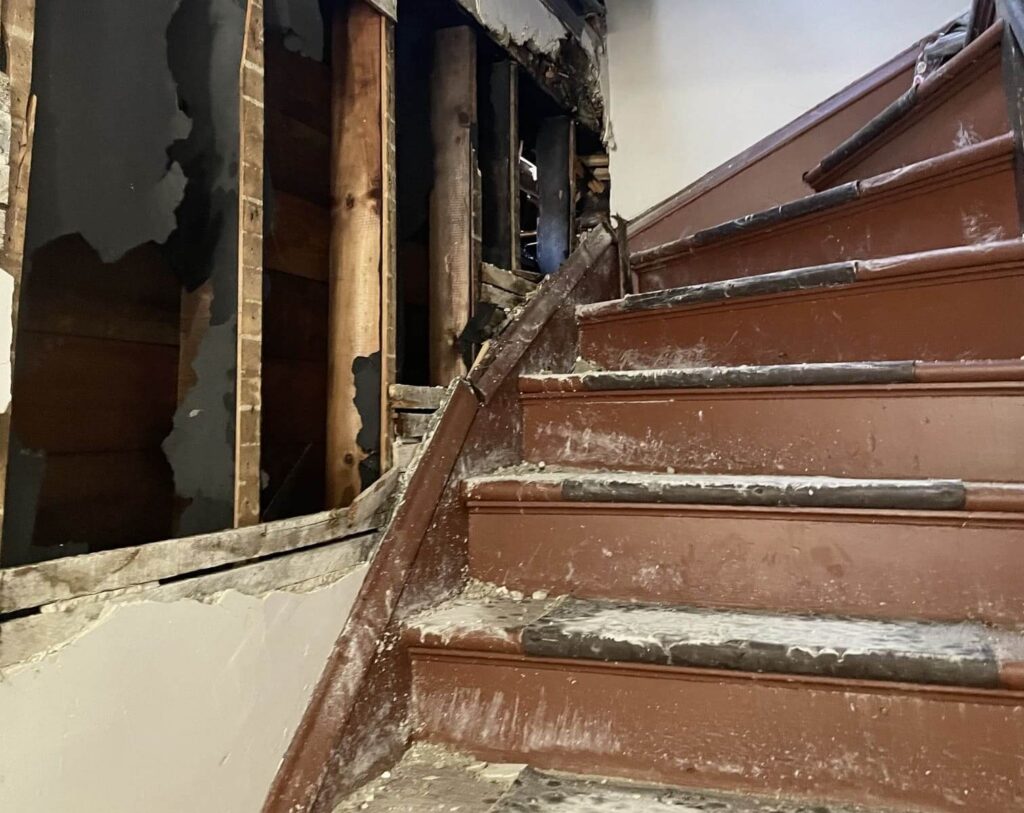
Final Tip: Get a Second Opinion
Whenever possible, get a licensed contractor or independent public adjuster to review the insurance company’s estimate. Their experience can help identify missing items, underpriced materials, or inappropriate repair methods — helping you negotiate a better settlement.


